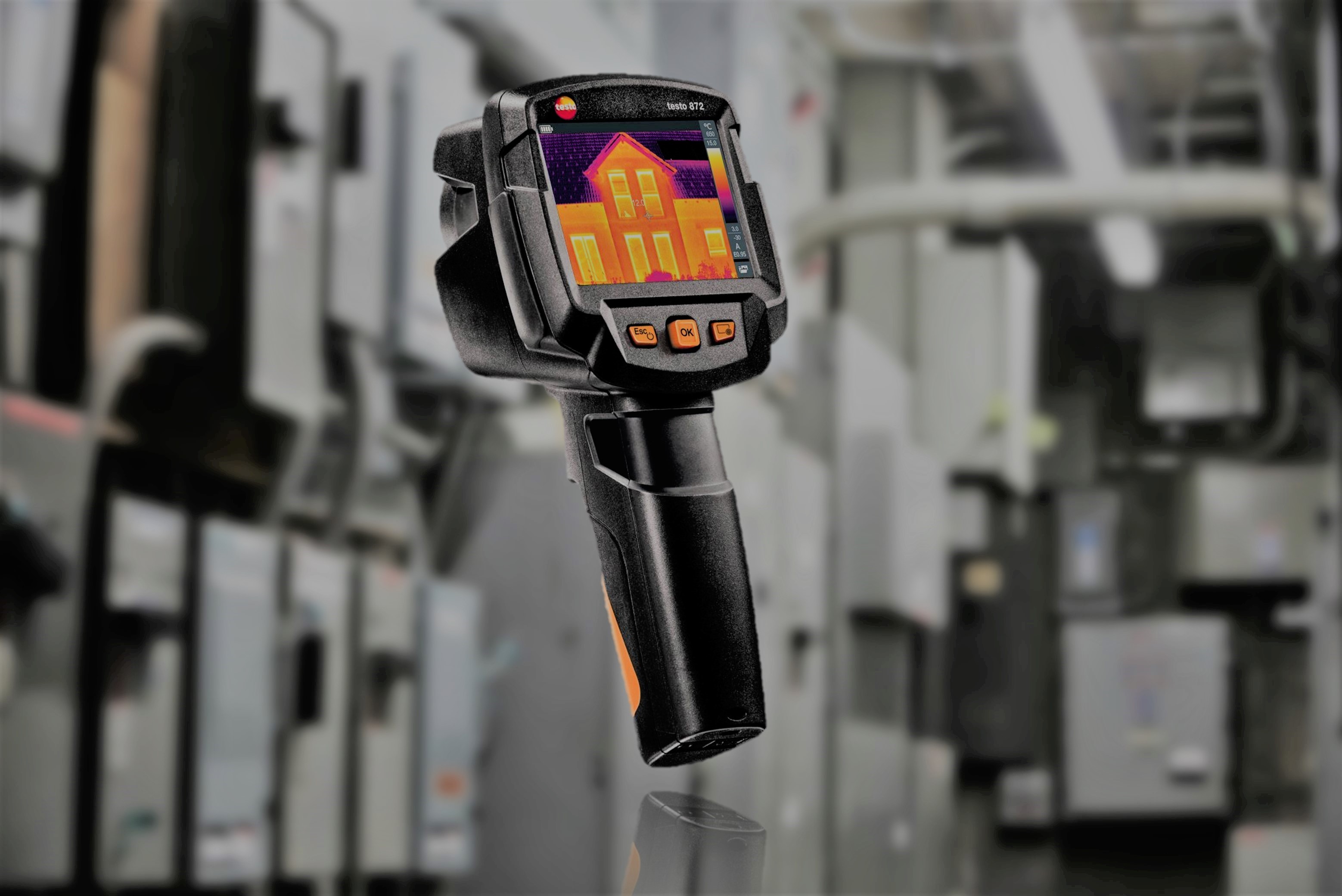
"Identify Hotspots In Any Installation - Avoid Safety Risks"
Thermal Imaging or Infrared Thermography (IR Thermography) is a non-contact type method for detecting temperature variations in electrical systems (Motors, transformers, cables, circuit breakers, MCBs, panels, contacts etc) and mechanical segments (pumps, conveyors, grinders, rotary systems etc), thermal systems (Ovens, Kilns, heaters, dryers, heat ex changers, insulation, cold and hot lines ), buildings (Building envelope, HVAC, room tightness, heat infiltration, water leakage etc) , that are more hotter than they ought to be.
Thermal imaging cameras indicate hotspots which normally arises due to broken hardware, inadequate insulation, loose contact, faulty bearings etc. By identifying areas having a potential of fault before they are making serious faults, Thermal Imaging helps to prevent unexpected stoppages in production and enables us to plan repairs at a time which is convenient for everybody.
Temperature is one of the important parameters to tell the condition of the internal process, material and even quality of the desired output. A qualitative but accurate conclusion can be drawn by observing the temperature profile of any surface. On the other hand, a higher temperature also indicates loss of energy in the form of heat. Therefore temperature monitoring would give ample indication of the condition of the material, process quality and explore the possibility of energy conservation avenues.
Thermal imaging of electrical installations
Customer Issue/Requirement
Deliverables
Thermal imaging of mechanical installations
Customer Issue/Requirement
Deliverables
Thermal imaging of thermal systems
Customer Issue/Requirement
Deliverables
Applications
Mechanical Application
Rotating equipment generate heat normally due to faulty bearings, inadequate lubrication, misalignment, misuse and normal wear. Excessive heat can be generated in these machines while it is working. Thermal Imaging esteem in mechanical inspections is sparing time by pinpointing the issue range as opposed to showing the reason for overheating. Other examination strategies would then be able to be utilized to discover the reason for the issue.
Electrical Application
For the most part, a hotspot will be produced in an electrical circuit because of loose contact or corroded connections. Thermal Imaging can be done on overhead transmission lines, substations, transformers, thyristor banks, circuit working gadgets, exchanged, wires, circuit breakers, control hardware, engines and engine control focuses. The heat created at the point of high resistance is led away by the adjoining conductor and air. At the point when this happens, the thermogram will indicate a hot region at the connection and a gradual decreasing of temperature as the distance from the connection increases.
In any case, not all electrical over-heating is an indication of increased resistance. In a 3 phase system, for instance, a little change in current flow can bring about a lot of heating. For this situation, the overheating will appear to the assessor as a reliable temperature along the length of the conductor.
Thermal Application
Thermal images of steam traps are exceptionally helpful in distinguishing spillages. On the off chance that warmth is identified downstream from the trap, steam is going through the trap causing gigantic vitality misfortune. Thermal imaging techniques can be applied to many other situations such as refractory/insulation, composite materials, steam systems and building and roofing surveys.
